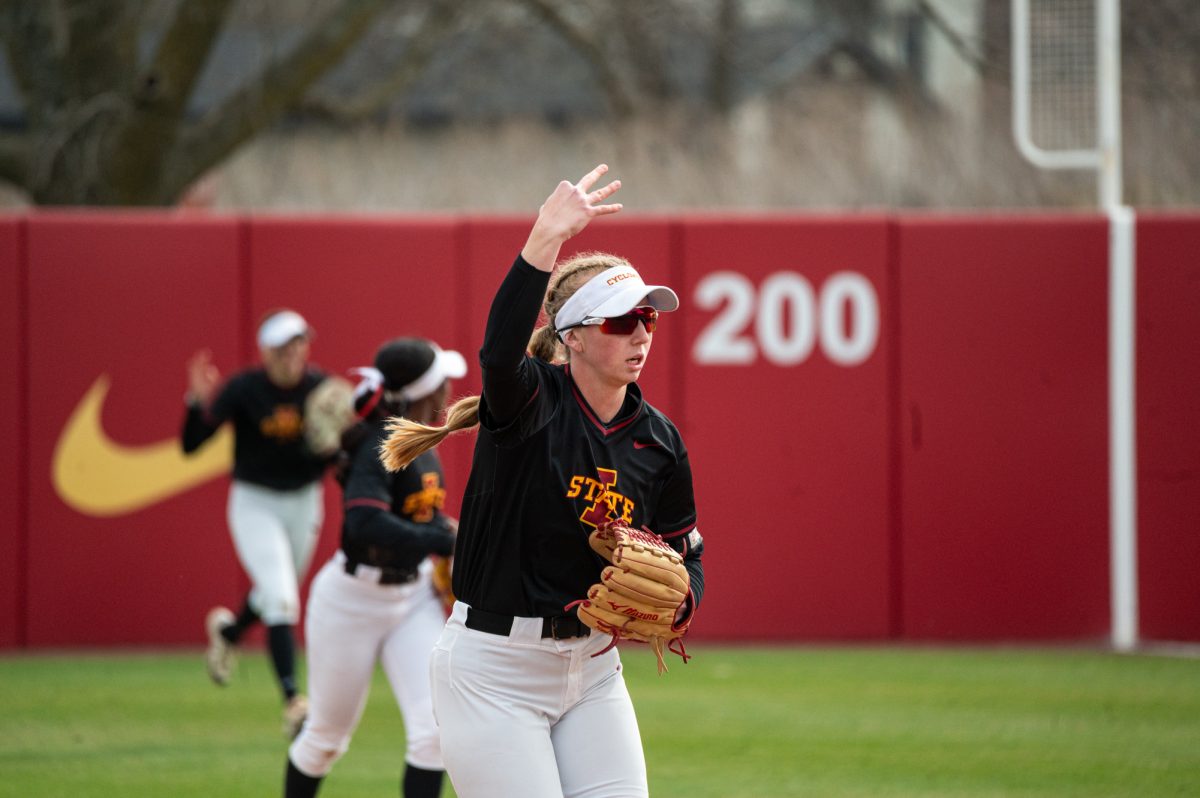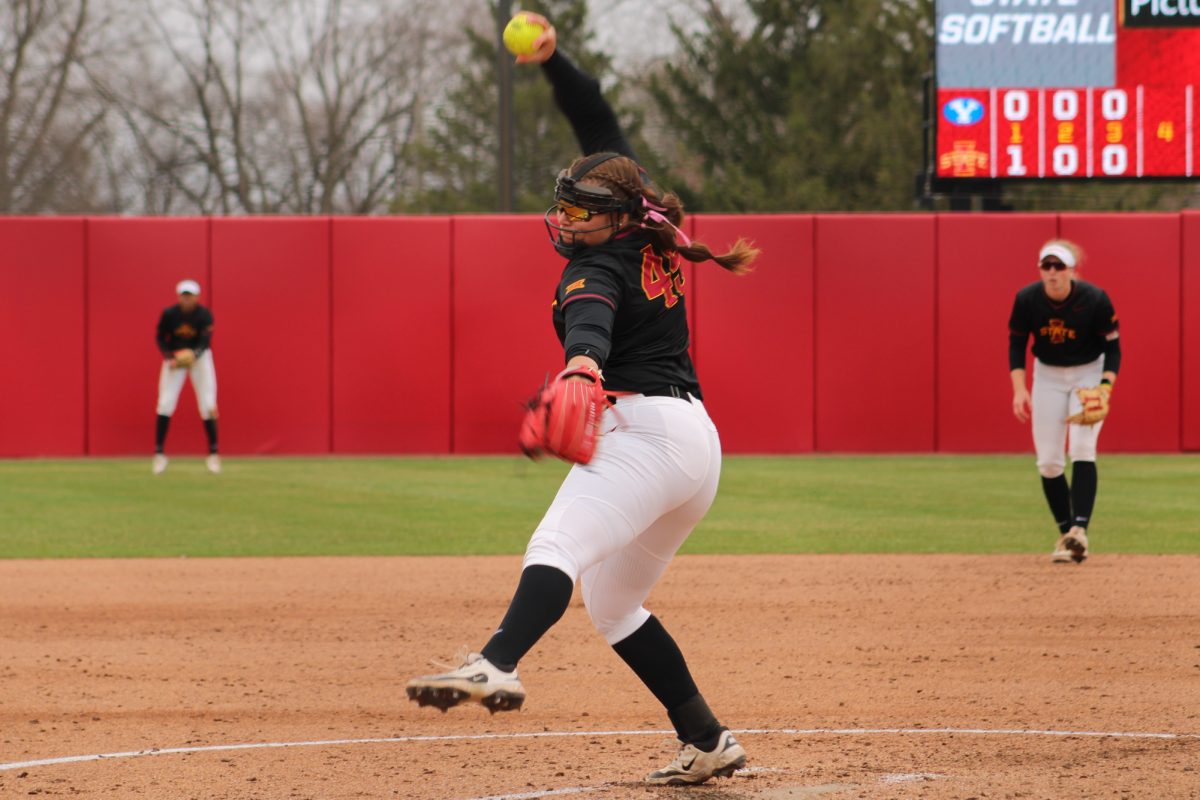ISU engineers improve gas turbine engines
September 3, 2013
Iowa State is partnering with General Electric Co. in efforts to improve gas turbine engines for aircrafts and power plants.
For the past 19 months, Hui Hu, professor of aerospace engineering, and Blake Johnson, a post-doctoral research associate in aerospace engineering, have been working on new technologies to allow the engines to work more efficiently.
“The higher the temperature is, the more efficient the engine will be,” Hu said.
“The engine’s goal is to have a temperature higher than 1,700 degrees Celsius, but the problem is the material used in the engine will melt because of such high temperatures,” Hu said.
In order to allow the engine to work properly, the engine needs to be cooled as well as allowing the high temperatures to be produced through the engine.
To cool the engine, the blade temperature needs to be reduced. The blades are made hollow to allow air to pass through. A hollow blade is the ideal condition to prevent melting from the high temperatures.
“The engine has a lot of turbine blades. These engines typically have around hundreds of blades,” Johnson said. “They are located in the hottest part of the engine.”
The cool air acts as a barrier to the hot air against the blade.
The reasons for the improvements are from two perspectives according to Hu: to create a more efficient engine by using less fuel for more power and to create a better cooling system for the blades in order to make them last longer.
A research team and GE are funding the research. The research team has been working with the GE Global Research Center in Niskayuna, N.Y.
Another main reason for the improvements, Johnson said, is to save money on engine production and fuel costs.
“If we can improve this system [gas turbine engines] by just a tenth of a percent of efficiency, even though it is just a small system in the overall scheme of the aircraft,” Johnson said. “Multiply that by an entire fleet of aircrafts worldwide than millions of dollars can be saved.”






